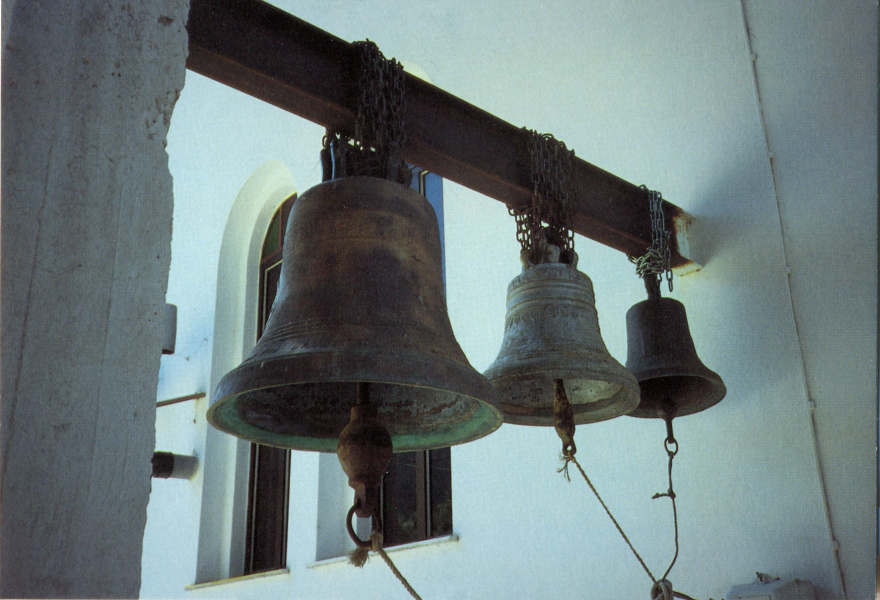
Kissing the Islands, 1996-1997
Finn Peterson
Kissing the Islands, 1996-1997
Project where selected objects have received a kiss, covered in gold leaf
search


Finn Peterson
Kissing the Islands, 1996-1997
Project where selected objects have received a kiss, covered in gold leaf
Front - a pocket in time
In recent years, Finn Naur Petersen has widened his artistic praxis with a new and narrative dimension in so far as he is now among other things, transferring certain figurative pictorial elements from one exhibition to the next as a kind of luggage containing important things. With a touch of nostalgia, he wants to preserve if not everything, then at least something from falling into oblivion. The photographically reprocessed series entitled Kissing the Islands (1996-97) is indeed a satire on the tourist's camera-lust, but it also discloses an introverted aspect on the part of the artist, an aspect which manifests itself with the installation entitled Front. As the spectator crosses the threshold to Front, she is simultaneously exiting the art institution only to be encompassed by the work. The first disorientation ought then to be followed up with the acceptance of a different place, governed by new rules. By virtue of its fragmented and non-terminated character -as in an ongoing process - the installation fashions sequences of an as of yet, non-established significance.
The artist begins to establish an agreement between the spectator and the work so that a dialogue can come into being. The installation's elements may thus consist of recognizable common signs as sounding board for the succeeding couplings which engender the personal experience. In this way, Front is an open work of art which first speaks to the sense of recognition and thereafter to the sense of surprise and to wonder.
The activation of the daydream is a governing motive in Ga ton Bachelard's La poetique de I'espace (1957), wherein the French philosopher points out how poetry can rewrite the house and its unique space into premises for one's own remembrance and into places where in childhood we had our daydreams. Finn Naur Petersen's installation possesses the capacity of getting through to the spectator's non-articulated levels of consciousness. In such a way, Frontwith its both secretive and objective, concrete pictorial language can be a pocket of time for the daydream's necessary escapism from that information - and surveillance-society which is so often designated as being the very condition of our times.
Writings extracted from Transformational Energies, Ann Lumbye Sorenspn